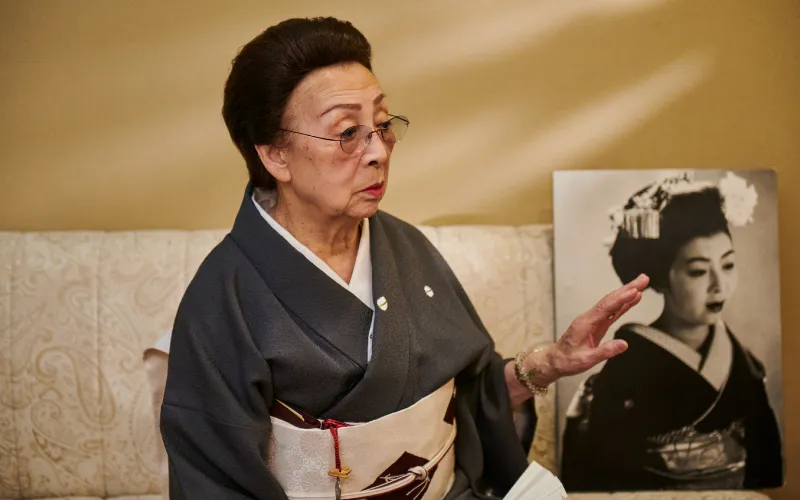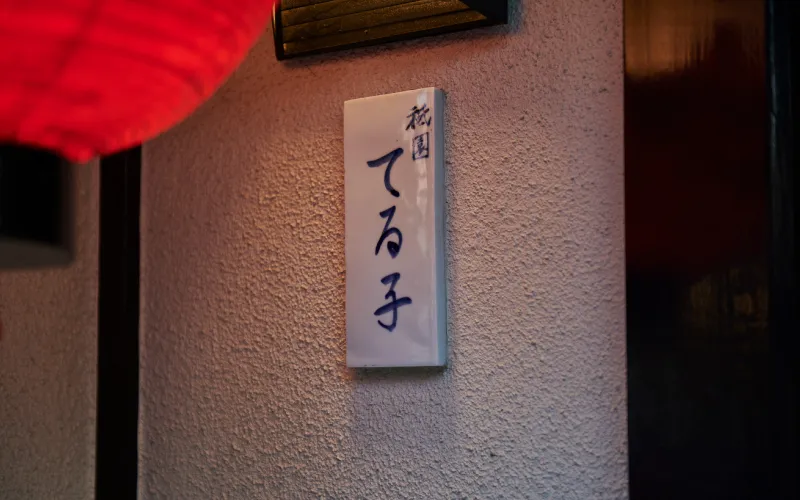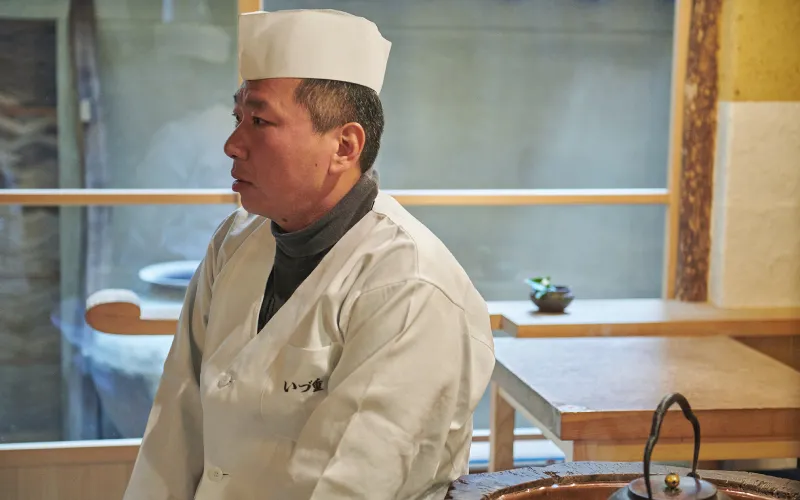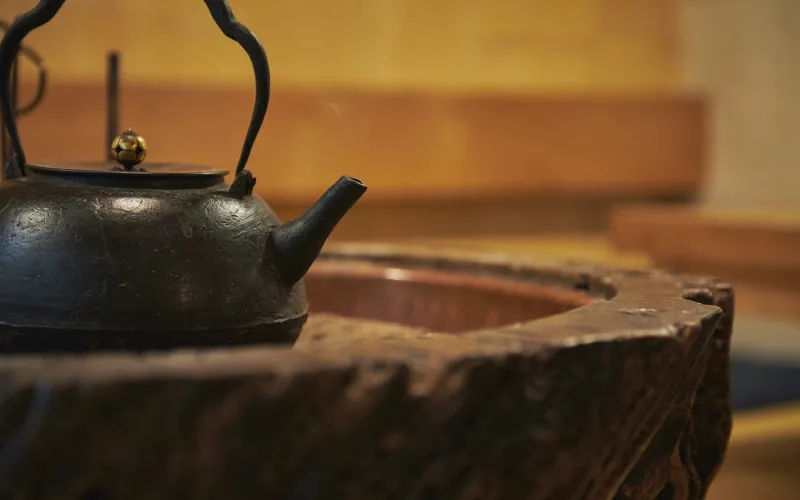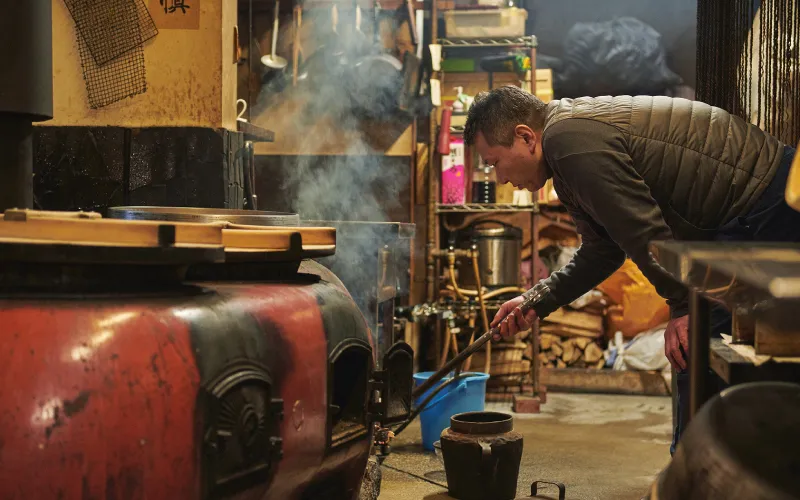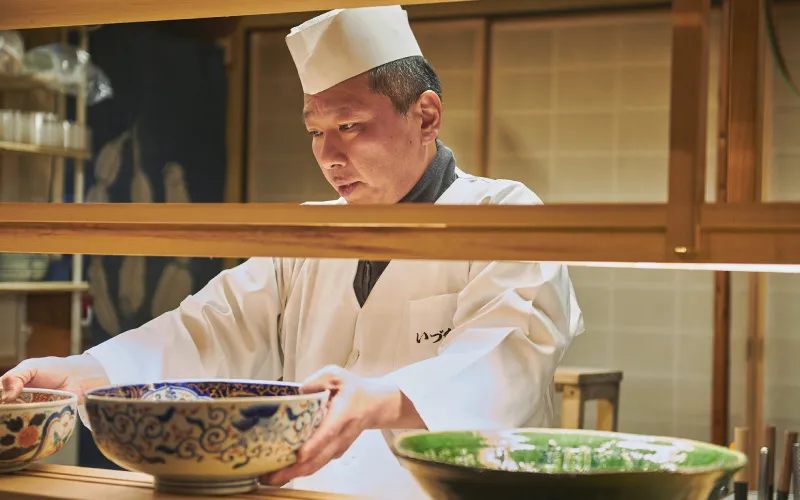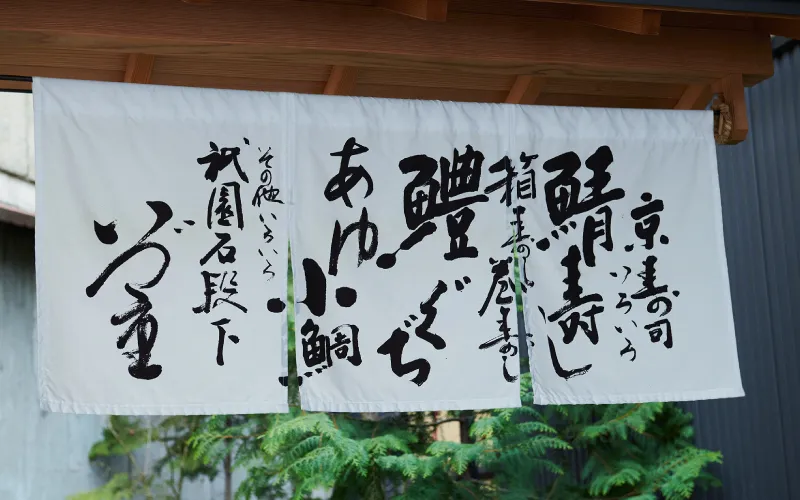Discover the Imperial Hotel, Kyoto - CHAPTER 03 -
Synergy
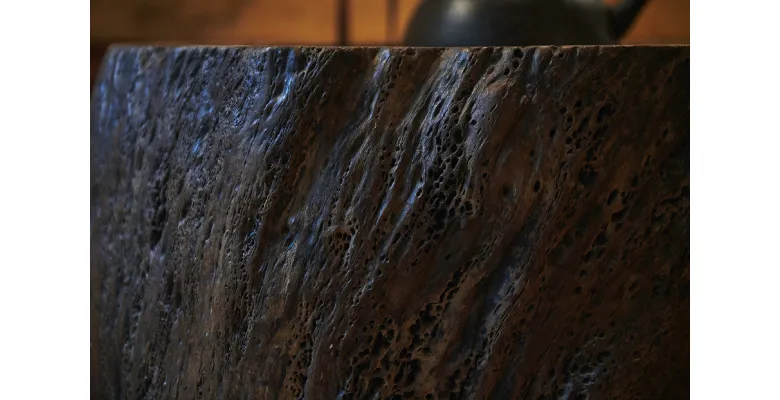
Modern-day Gion: Weaving the Future with the Imperial Hotel
Since the Edo period (1603 - 1867), Gion has flourished as a traditional entertainment district at the gates of Yasaka Shrine. Lined with distinguished teahouses and Japanese restaurants, it maintains its rich history and traditions to this day. As times changed and people’s lifestyles evolved, Gion itself has gradually undergone a transformation. In harmony with these changing times and guided by a timeless spirit of hospitality, the Imperial Hotel will breathe new life into the beloved Yasaka Kaikan in the spring of 2026, introducing its new chapter as the “Imperial Hotel, Kyoto.” What future shall we weave together on this storied ground, where history lingers and possibility awaits?” Here, we look back on Gion’s vibrant history and listen to those who have long held this place close to their hearts, hearing their hopes for the Imperial Hotel and exploring synergies that honor the spirit of place, people, and time.
Gion in Gentle Transition
Gion stretches north and south along Shijo-Dori Street, which runs through the heart of Kyoto from the eastern foot of Shijo Ohashi Bridge over the Kamo River to the west gate of Yasaka Shrine. Since the Edo period, Gion has flourished as a temple town, its streets lined with traditional tea houses serving pilgrims en route to Yasaka Shrine and Kiyomizu-dera Temple.
Over time, it blossomed into a thriving center of geisha culture, with many geiko and maiko coming to the area, giving rise to the elegant streetscapes that now line Hanamikoji Street and the Shirakawa River.
Even after the Meiji era (1868 - 1912) ushered in waves of modernization, Gion has preserved its traditional culture and charm. The Gion Kobu Kaburenjo Theater was built along Hanamikoji Street, where the famed Miyako Odori began. The Gion Festival, Yasaka Shrine’s grand annual celebration, also expanded in scale, bringing national recognition to the district. In 1936, Yasaka Kaikan was completed adjacent to the Gion Kobu Kaburenjo Theater. Thanks to being spared from wartime destruction, Gion has continued to enchant visitors with its elegant streetscape and enduring cultural grace.
A Landmark of Gion, Woven into Everyday Life
Today, Gion is more bustling than ever, drawing international attention as one of Kyoto’s foremost tourist destinations. Hanamikoji Street, where geiko and maiko in colorful traditional kimono pass by, is especially popular among overseas travelers. It is along this very street that the Imperial Hotel, Kyoto will inherit the Yasaka Kaikan.
At the same time, Gion is also a place where local communities live and work. The area is home to geisha establishments that support geiko and maiko, along with grocery stores, boutiques, cafés, and other shops that sustain their everyday lives. What does Yasaka Kaikan, a beloved landmark, mean to the people who have made Gion their home? Teruko-san, born and raised in this neighborhood and now the proprietress of the teahouse “Kyoya,” shares her thoughts.
“For us, the Yasaka Kaikan was simply a part of our everyday life. Back when it was used as a movie theater or beer garden, we would go there, but it wasn’t the kind of special place that you’d dress up for or take pictures. That’s why, even when people ask to see old photos of it, I don’t have any. It was just naturally a part of the daily lives of those living in Gion.”
I wish time could flow just a little more gently.
“I felt relieved when I heard that the Imperial Hotel was coming to Gion,” says Norio Kitamura, the fourth-generation owner of Izuju, a sushi restaurant located at the foot of the stone steps leading to Yasaka Shrine. Since its founding at the end of Meiji era, his restaurant has preserved the tradition of Kyosushi (Kyoto-style sushi). Mr. Kitamura also serves as the chairman of the Gion Shopping Street Promotion Associates.
“There are about 120 shops along Shijō-Dori Street between Shijō Ohashi Bridge and Yasaka Shrine. Some of them have been in business for over 300 years. As Yasaka Kaikan is set to be reborn as the Imperial Hotel, Kyoto, everyone has great expectations. People in Kyoto tend to place their trust in things with a deep history, and I feel that with the Imperial Hotel, the spirit of Gion as a place where you can encounter the aesthetics of Japan could be preserved.”
A town where you can encounter the aesthetics of Japan. Indeed, just looking at the dishes from Izuju reflects that. The Jōbako-zushi (layered box sushi), with its colorful ingredients like shrimp, sea bream, and thick rolled omelet arranged in an elegant checkered pattern, is refined and beautiful. Even the wrapping paper conveys “omotenashi” hospitality.
Inside the shop, there’s a quiet reverence for tradition you can feel in every detail. Beside Mr. Kitamura is a beautifully crafted hibachi. “It was made from a maple tree that had to be cut down to build the Gion Kobu Kaburenjo Theater,” he explains. Further inside the restaurant, there is a well-worn traditional stove standing proudly in the kitchen. It is still used to cook rice and fried tofu using spring water that wells up in the shop’s grounds.
“I want to preserve the beauty of Gion. I’m doing whatever I can, but with how fast things are moving these days, I often feel like I’m unable to keep up. I hope the presence of the Imperial Hotel, Kyoto, in the heart of Gion, will bring a sense of calm back to this town. I believe it could create a positive synergy and bring back serenity to the entire street.”
The Gateway to Gion, Whose True Charm is Felt Only from Within
“The beauty I want to preserve is not something superficial,” says Mr. Kitamura. When asked how he would like to build synergy with the Imperial Hotel, Kyoto, he shared these thoughts. “At the moment, a group of volunteers from local shops in the Higashiyama district, including us, are coming together to regularly clean up the neighborhood. Of course, we aim to keep the town clean, but we also hope that it will enrich our minds. I believe Gion is a special place where the sacred and the secular coexist. Yasaka Shrine is sacred, and the people of Gion embody the ultimate of the world. In other words, the true spirit of Gion lies in the connections between people’s hearts. It would bring me great joy if the Imperial Hotel, Kyoto could play a role in creating an environment that nurtures and uplifts the spirit.”
Discover the Imperial Hotel, Kyoto
Yasaka Kaikan,
once a sanctuary nestled beside the brilliance of Gion's performing arts,
begins a new chapter—revitalized, yet deeply rooted in its legacy.
Set to open in 2026 as the Imperial Hotel, Kyoto,
it welcomes you to a timeless retreat
where comfort takes center stage in every moment you spend.

